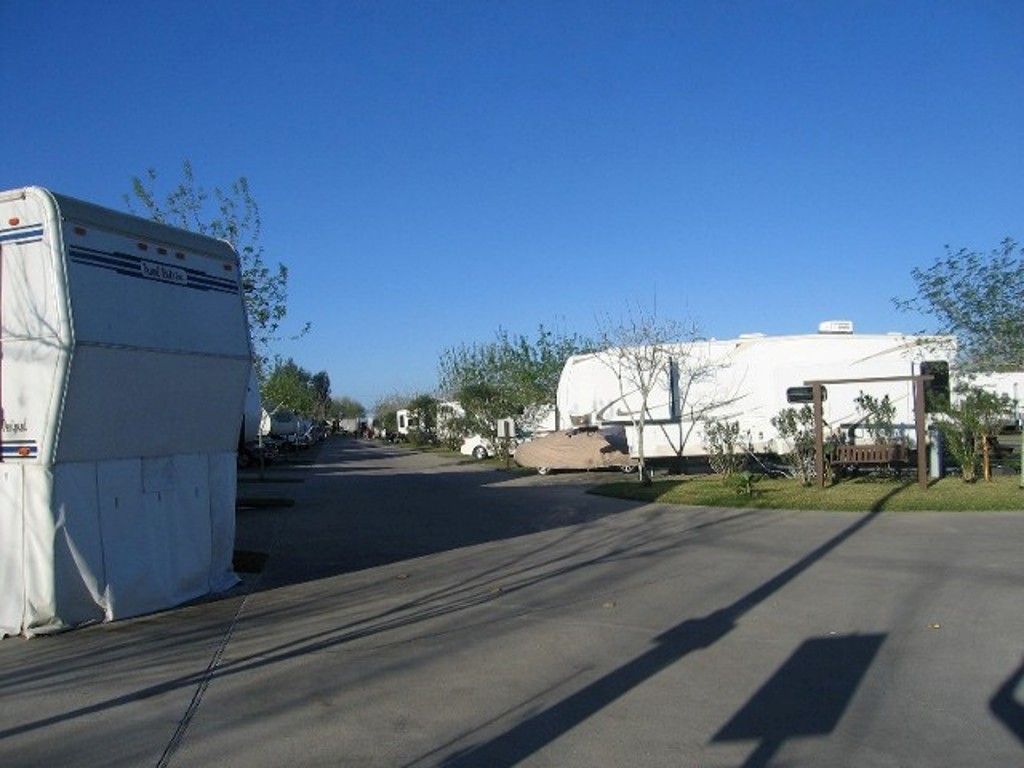

By August 1968, TTa was operating all flights into Victoria with 40-seat Convair 600 turboprops with nonstop service to Houston Hobby (HOU), Harlingen and McAllen as well as direct, no change of plane international service to Tampico and Veracruz in Mexico. In the fall of 1966, Trans-Texas was operating five departures a day with DC-3 aircraft with three nonstops to Houston Hobby and two nonstops to San Antonio with direct, no change of plane DC-3 service being flown from Victoria to Dallas Love Field (DAL), Midland/Odessa, San Angelo, TX, Jackson, MS, Lake Charles, LA, Alexandria, LA, Fort Polk, LA, Lufkin, TX and Longview, TX. In 1949, Trans-Texas was operating 21-seat Douglas DC-3 aircraft (which the airline called "Starliners") into the airport with an intrastate routing of Houston Hobby Airport - Victoria - Beeville - San Antonio - Uvalde - Eagle Pass - Carrizo Springs - Laredo - McAllen - Harlingen - Brownsville.

Trans-Texas Airways ( TTa) and its successor Texas International Airlines served Victoria for over 20 years. In 1976, Foster became the site of the Victoria Regional Airport, which currently provides scheduled passenger service with connections to major air carriers at Austin (AUS) and Dallas/Fort Worth (DFW). Two of the largest businesses to locate at Victoria County Airport were the Devereux Foundation, a therapeutic-education center, and Gary Aircraft, which repaired surplus C-54 Skymaster (military version of the Douglas DC-4) aircraft in 1968. The growth of the county airport slowly replaced the loss of Foster AFB as numerous businesses located there. In the summer of 1960, the General Services Administration approved the exchange of Aloe Field for Foster Field, and Victoria County Airport was moved to the latter site. The local economy suffered greatly from the closure of Foster AFB. The base closed in December 1958 and formally inactivated in January 1959. Air Force installation of the Tactical Air Command (TAC) from 1951 to 1958, during which time it operated F-86 Sabre and F-100 Super Sabre fighter aircraft and served as Headquarters for 19th Air Force (19 AF). It was later reactivated as Foster Air Force Base, a U.S. Foster's son received his training and commission at the base in the spring of 1942.Īfter World War II, Foster Field was deactivated and the site was returned to its private owners, the Buhler and Braman estates. Foster, a United States Army Air Corps instructor killed in a crash at Brooks Field in 1925.

Originally known as Victoria Field, it was renamed in 1942 in memory of 1st Lt Arthur L. Foster Field began as a United States Army Air Forces (USAAF) facility that was established in 1941 as an advanced single-engine flying school for fighter pilots.


 0 kommentar(er)
0 kommentar(er)
